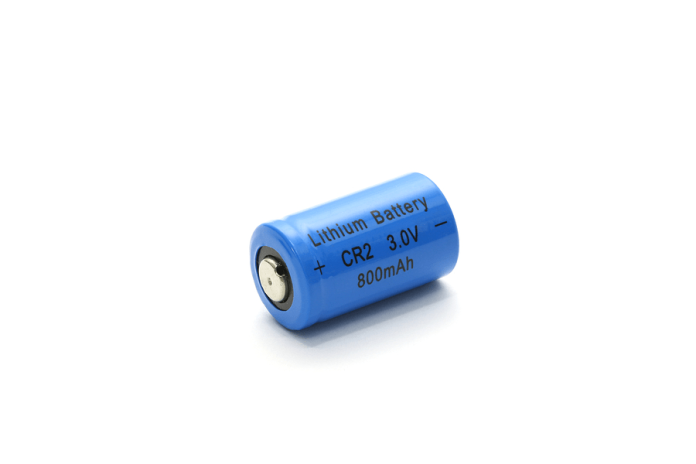A question I have relates to the increasing domination of wireless in the alarm and home automation space – it does seem as though any installer wishing to play in the field of Z-Wave with all its devices and development is stuck with wireless, despite the fact battery life is still not where I would like it to be.
In fact, manufacturers seem quite blasé about battery life of 12-18 months, despite the fact changing all the batteries in a customer’s system at such regular intervals quickly becomes more expensive than a hard-wired solution might have been. Do you think wireless is the only way forward, when it comes to home automation?
A: We commiserate with you – the convenience of RF combined with modest battery life is a real dilemma for any installer integrating a comprehensive home automation solution. A carefully installed hard wired security and home automation solution is an extremely stable and long-lived proposition. Comparatively, even the most robust lithium-ion batteries are going to falter between 3-5 years – perhaps longer for some device.
We’d be looking for controllers and devices that offer the longest possible life, the least possible draw – including restricted device polling or activation when the system was disarmed. You could try to minimise the number of devices through careful positioning, by using only one keypad. You could also consider using more long-lived sensors, like door and window contacts.
There’s no questions that a huge group of sensors, all of which last less than 2 years, or which start failing one at a time from about 18 months, is going to test the patience and the faith of the user. The answer is to manage battery life –you’ll need to factor this maintenance into the service you provide – perhaps make costs slightly higher and make sure the user understands why. When the first device’s battery goes, replace them all.
There are advances in battery tech happening all the time – a recent development saw a gel-cell nanowire battery that had a lifespan of 200,000 recharges and counting – but note that word – recharges. There’s a limit to what you can do with batteries if very long life is your ultimate goal. If you decide to go in the direction of cabling, think about X10 and Insteon protocols, which drive home automation using existing power cabling in such cases you’d want a neutral wire to every wall switch to give you hot, load and neutral. But it’s going to be difficult to entirely escape RF – even if it’s hardwired to hardwire device, you’re still likely to wind up using transmitters to drive lighting macros.
If you go X-10 or Insteon, you want to isolate non-automation loads. That’s possible but is harder than it sounds. You want to keep big draw units off the automation network and preferably on a single phase. You could build a new house this way, but many builders split this heavy stuff up to avoid overloading standard issue circuits. Furthermore, there’s no telling what electricians have added to existing homes over many decades unless you assess the home in detail.
We’d probably install wireless, use the best quality batteries and keep a weather eye on the latest battery tech – gold nanowire, solid state li-ion, grabat graphene, micro-supercapacitors, 3D foam batteries, recognising some of these technologies are a little way off. We’d seriously consider installing high drain early-fail devices like external sirens and strobes, intercoms, cameras and remote keypads on wired loops and we’d use the lowest draw devices we could without compromising core system operations.











